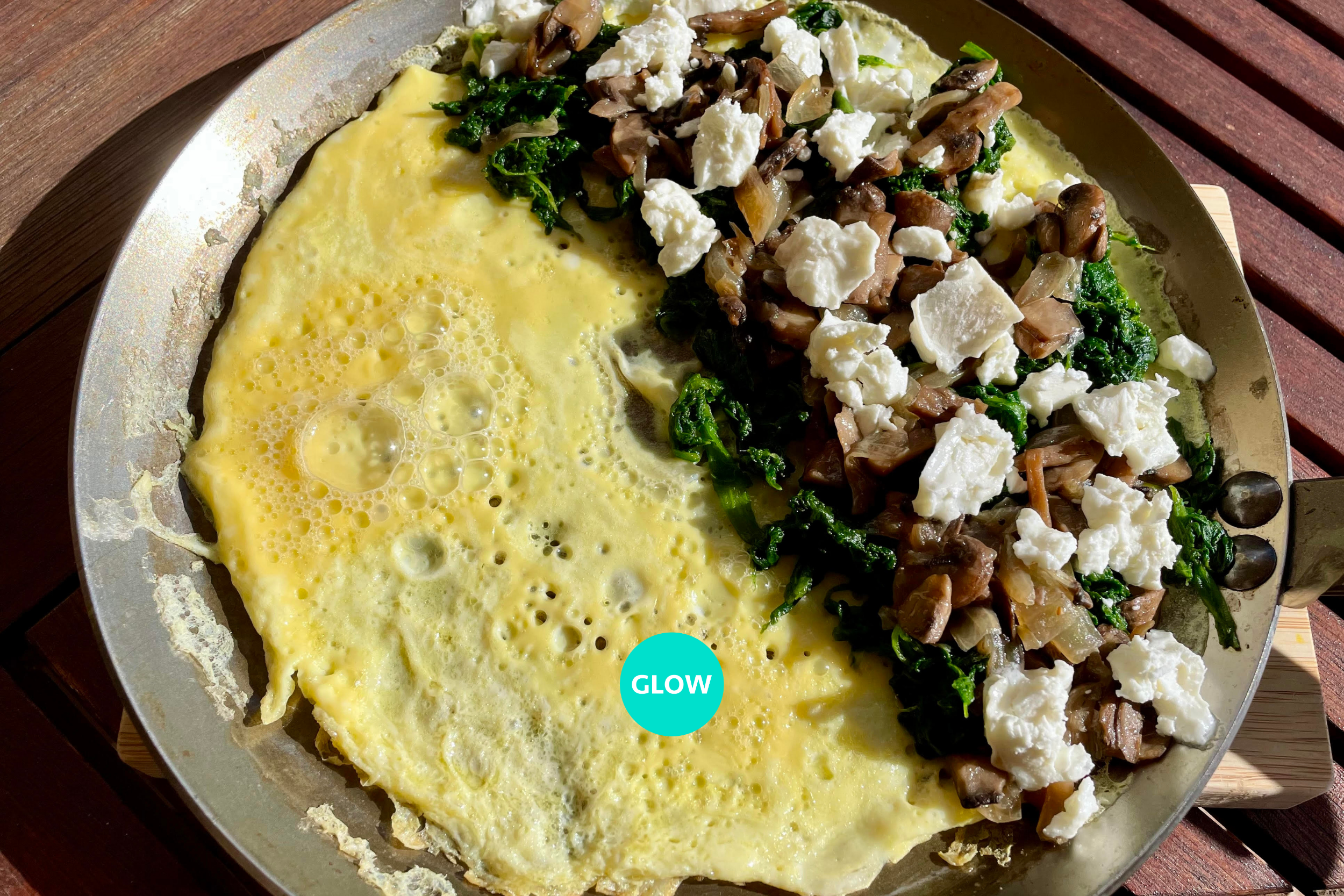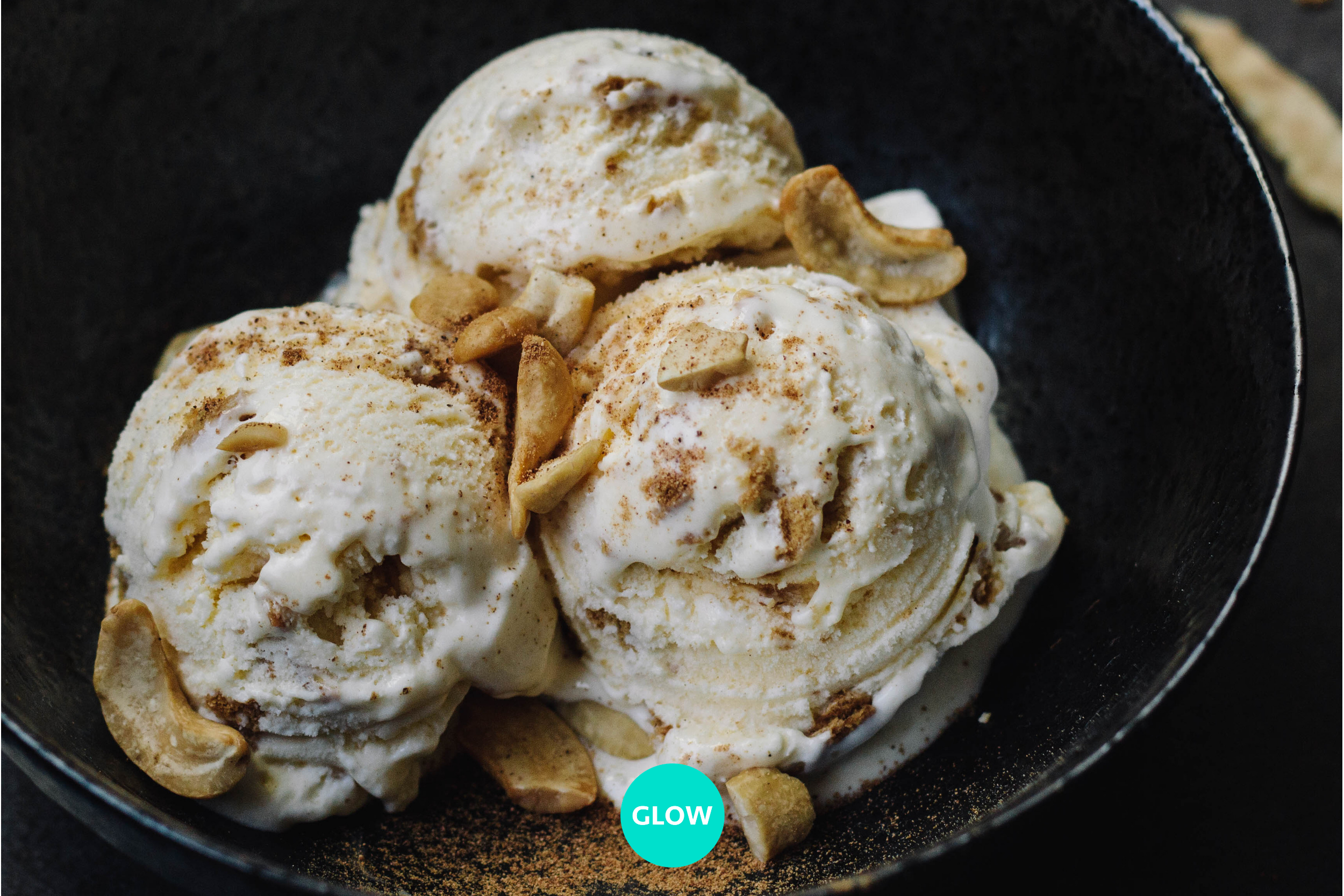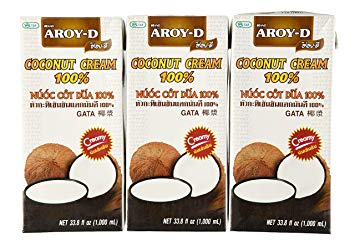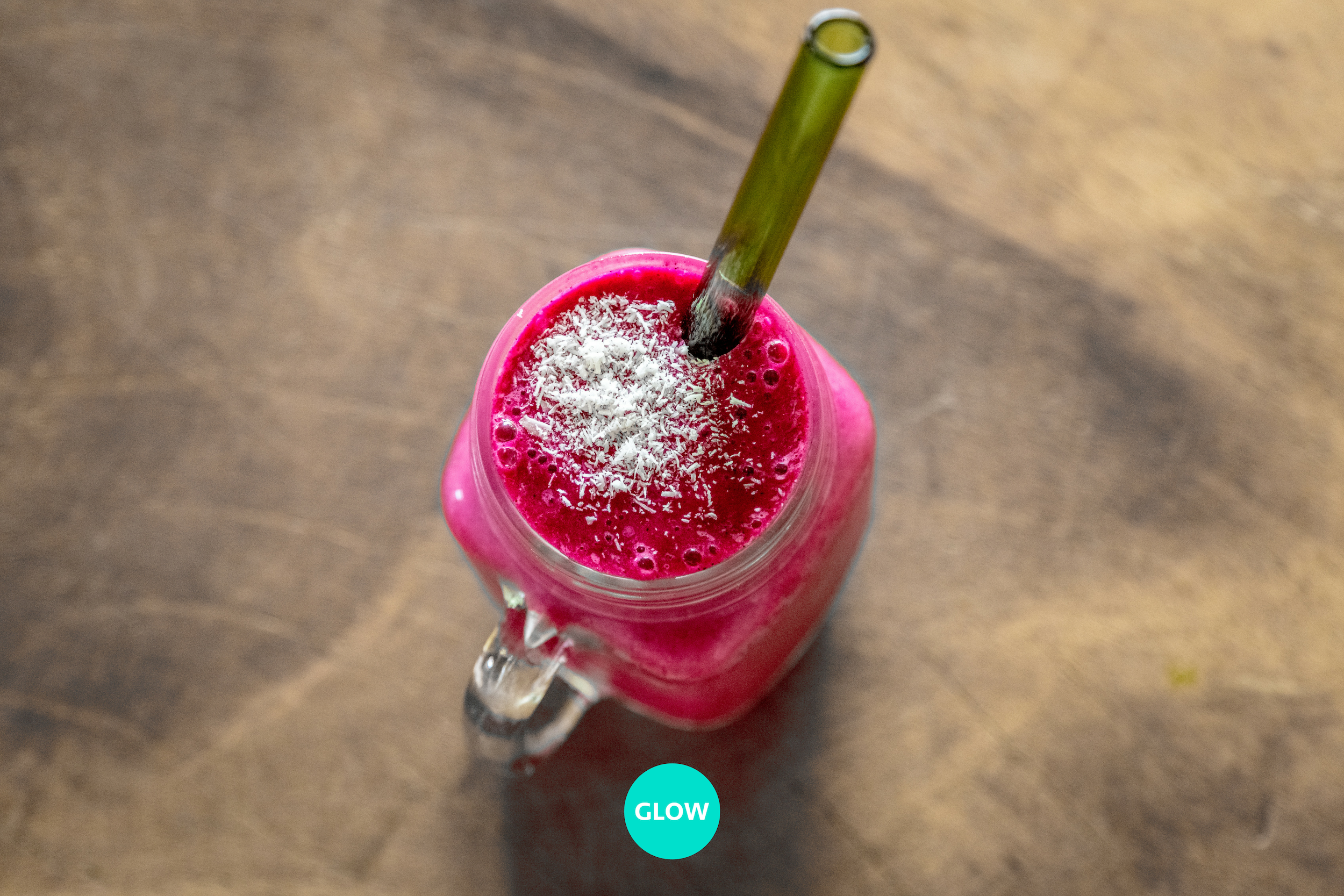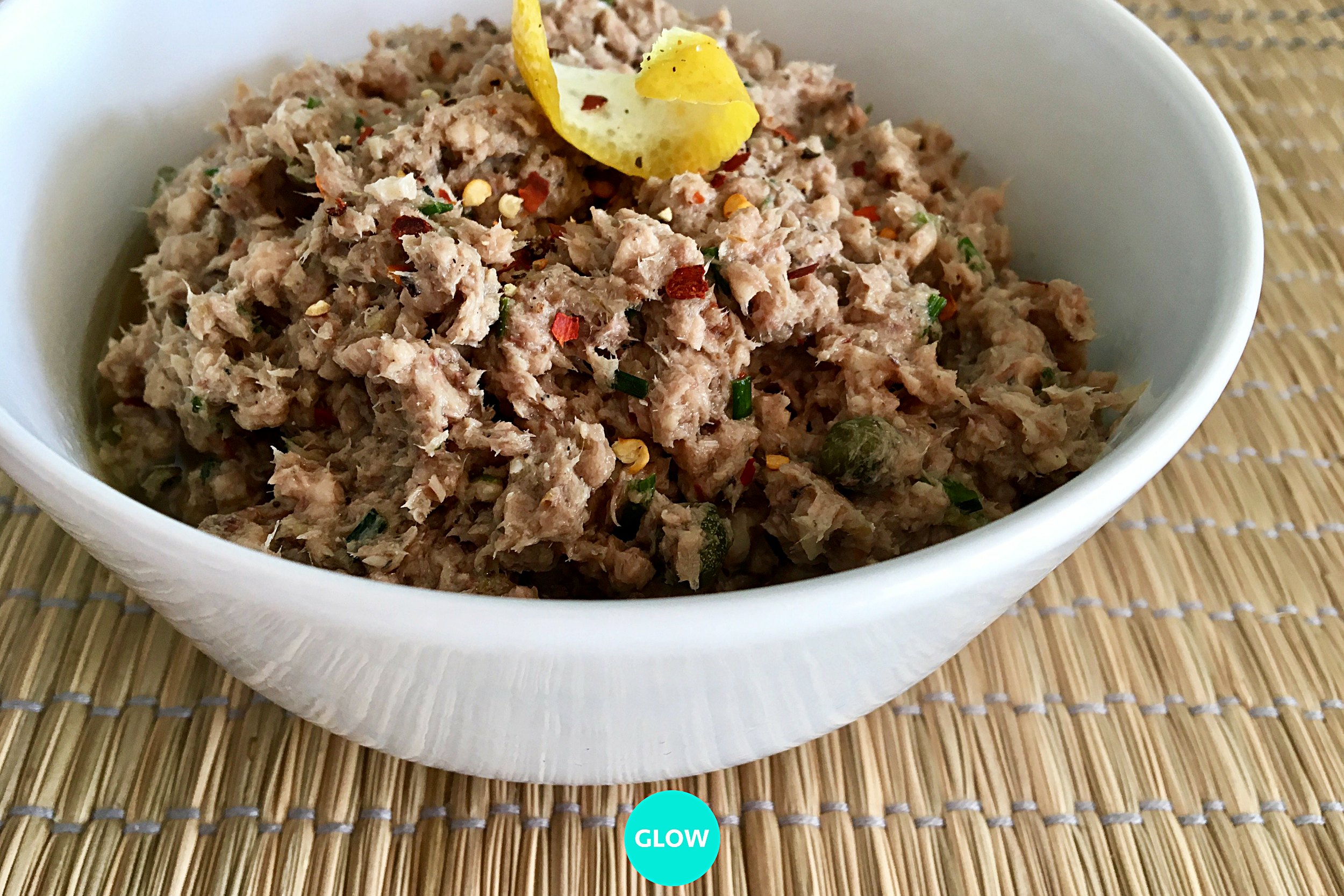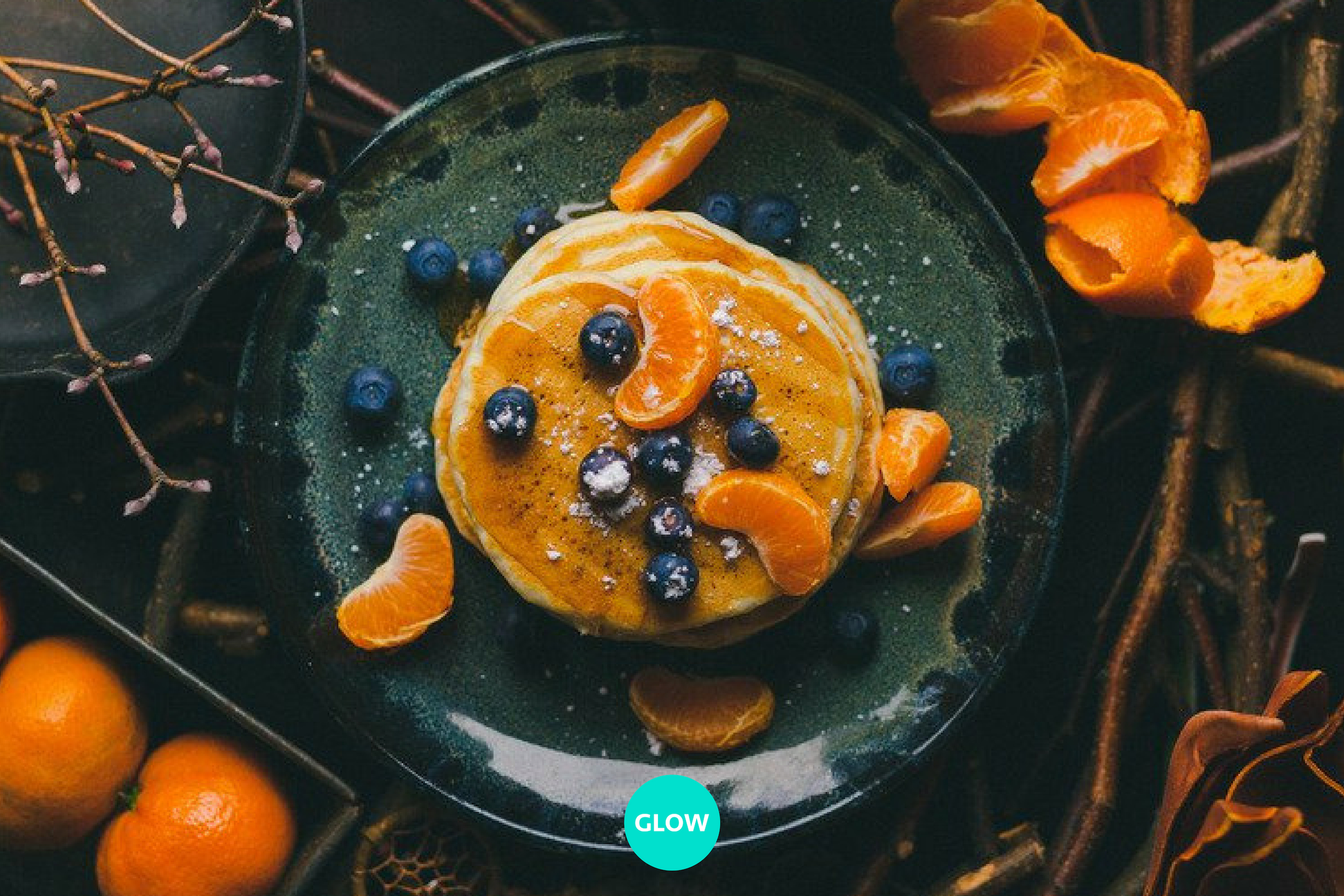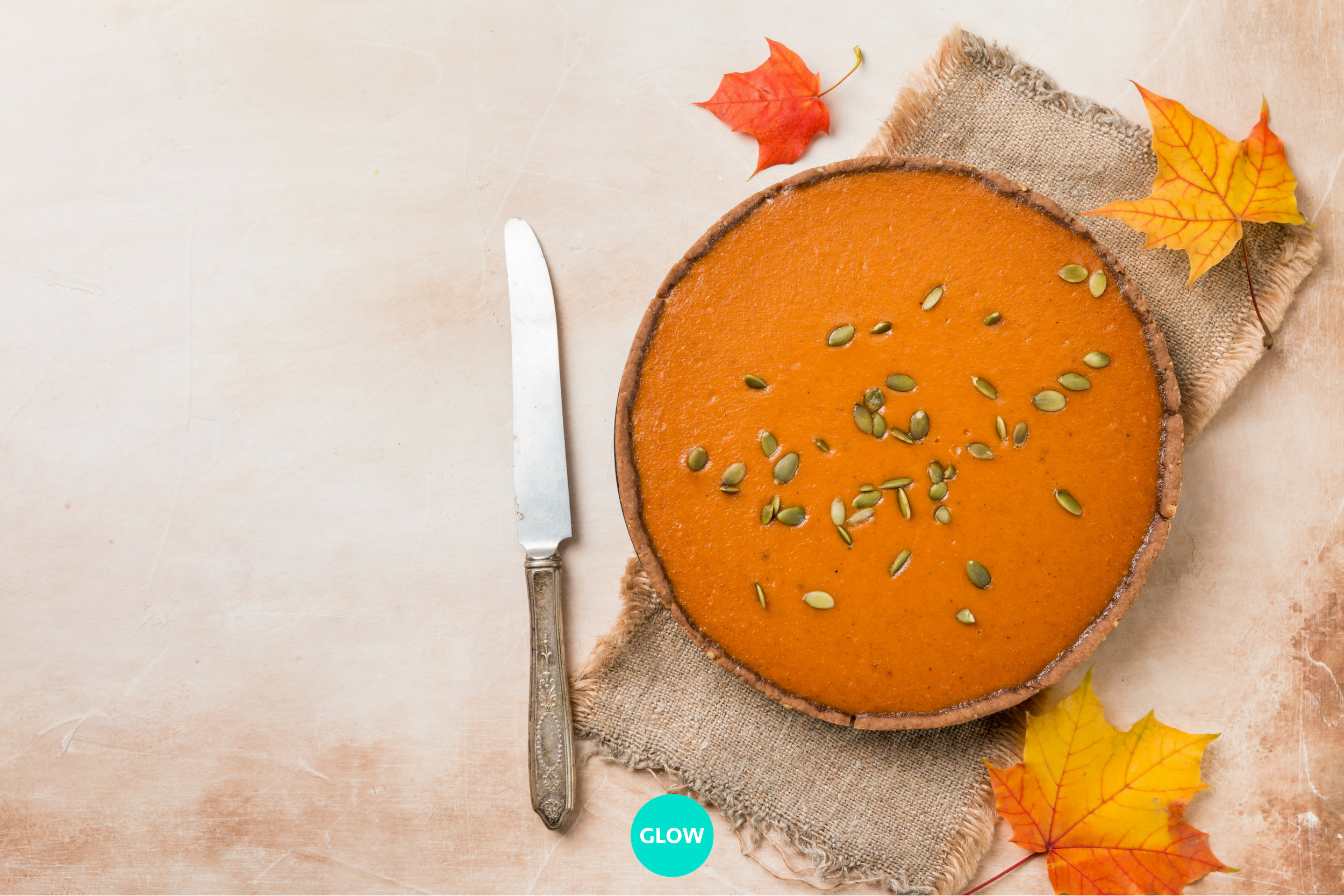Ingredients:
2 eggs
2 table spoons of almond milk
2 cubes of frozen spinach or 2 large handfuls of fresh baby spinach
A handful of button mushrooms
50g of soft and crumbly goat´s cheese
4 tea spoons of butter or ghee
Salt and pepper
Instructions:
Beat the eggs with almond milk and a good pinch of salt.
Cut the mushrooms into little wedges or slice them. Sauté in 2 tea spoons of butter for 10 minutes.
Place frozen spinach in a pot with a little bit of water and cook until hot. If using fresh spinach, place it in a pan with a little water and cook until wilted.
Heat a frying pan, melt 2 tea spoons of butter or ghee and pour in the eggs. It should not be too thick so use a pan that is large enough. When the eggs are starting to set at the bottom, you can gently lift the edges and pour in the wet batter underneath. This way it won´t be overdone at the bottom and undercooked on top.
Once almost set (omelettes should not be overdone and dry), place the cooked spinach, mushrooms and crumbled cheese.
Fold in half, slide on a plate and enjoy on its own or with a side salad.

